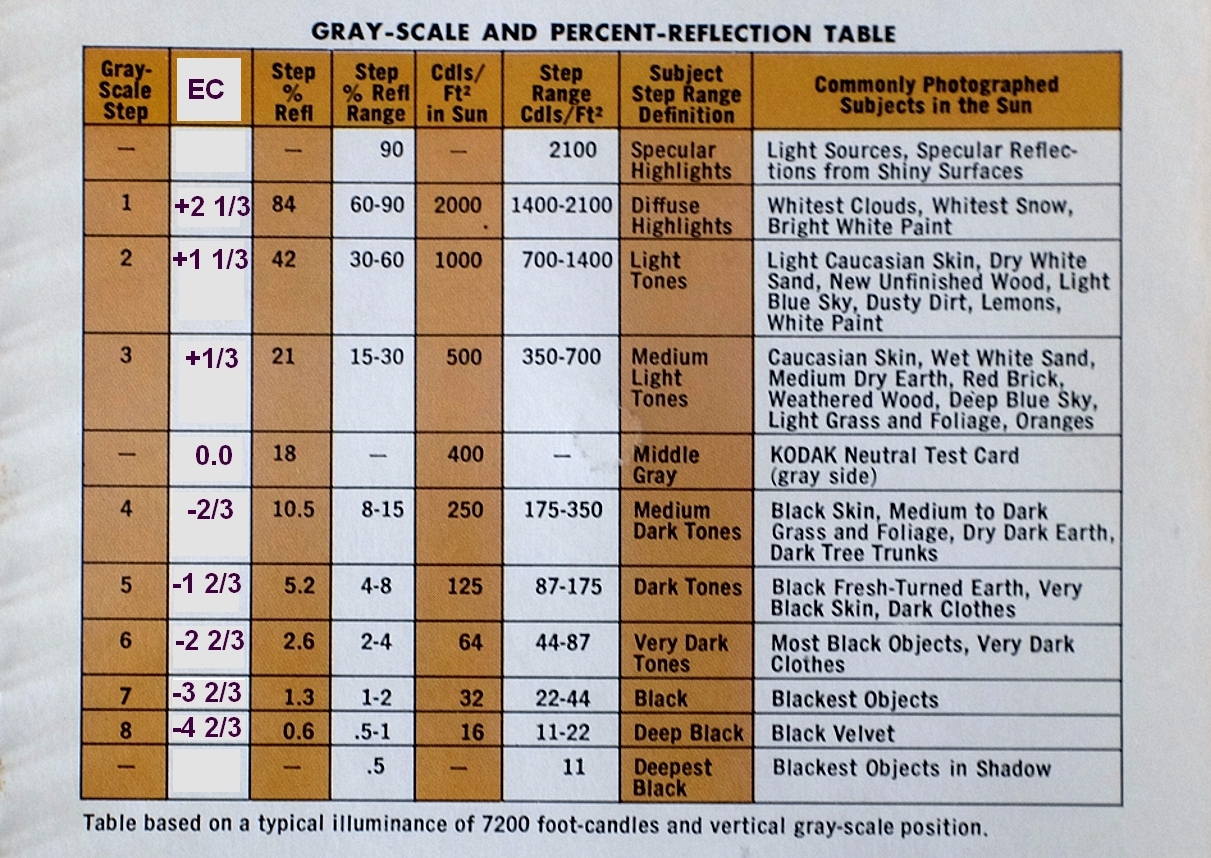Usually, but not for all cameras at all ISOs, the ISO setting affects the gain applied before the raw file is written. Gain in this case is measured by the counts in the raw file divided by the number of electrons in the pixel. The dimensions of the gain at electrons^-1. So the funnel analogy works in general for ISO.
You could get picky and say that I've lumped together conversion gain and both analog and digital amplification with my funnels, and I'd agree with you. Like most analogies, this one falls apart if you push it too far.
The conversion of number of raindrops to millimeters of water in the bucket is reminiscent of conversion gain, which converts numbers of electrons to voltage.
Does that help?




